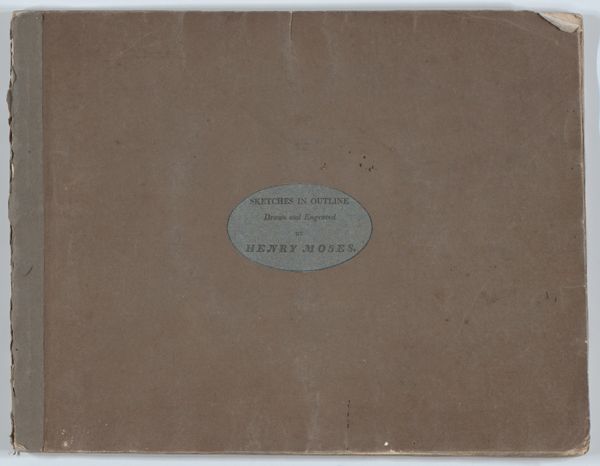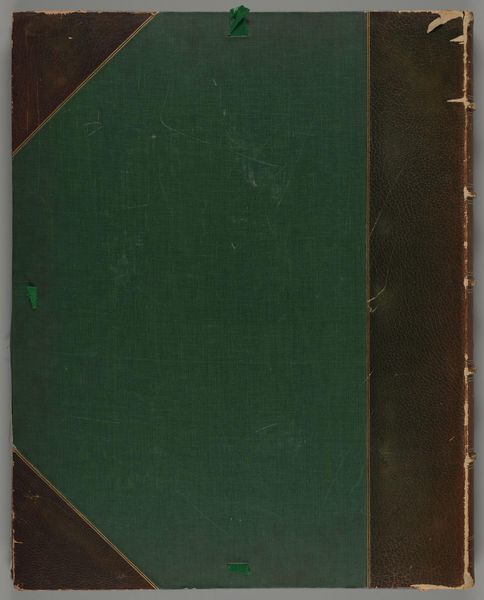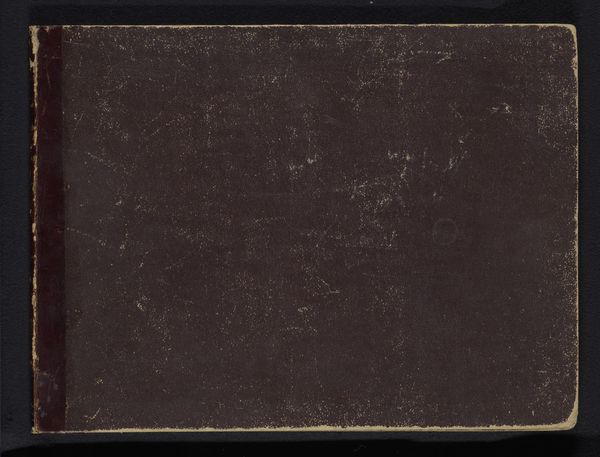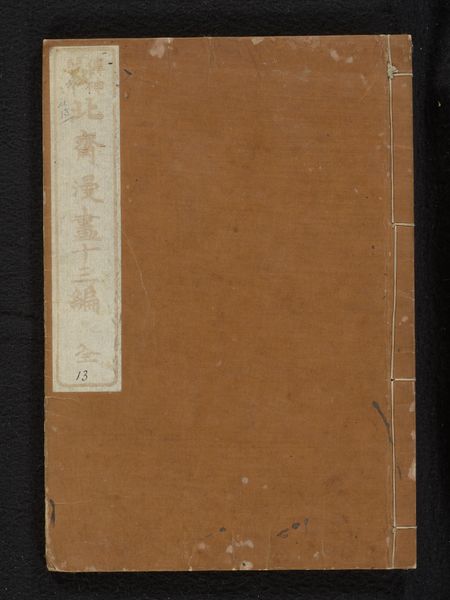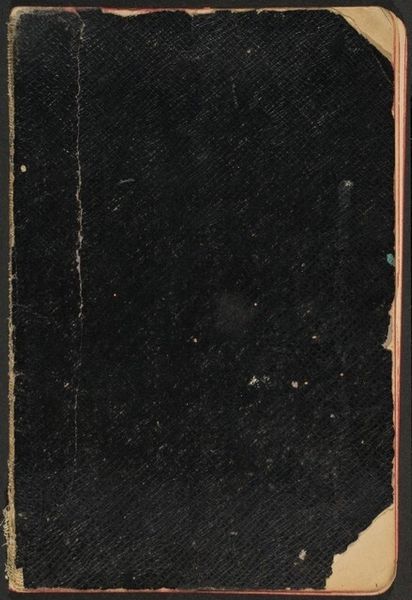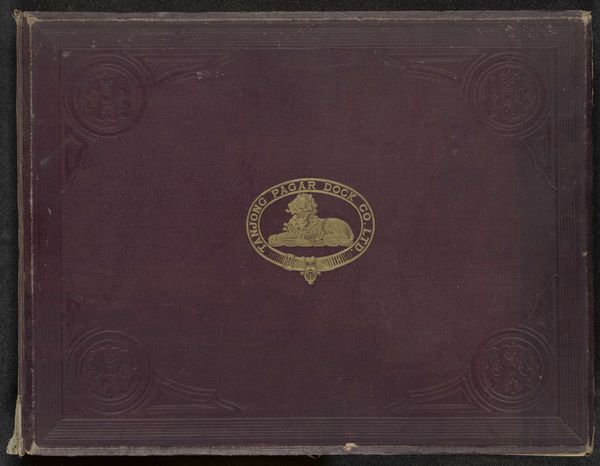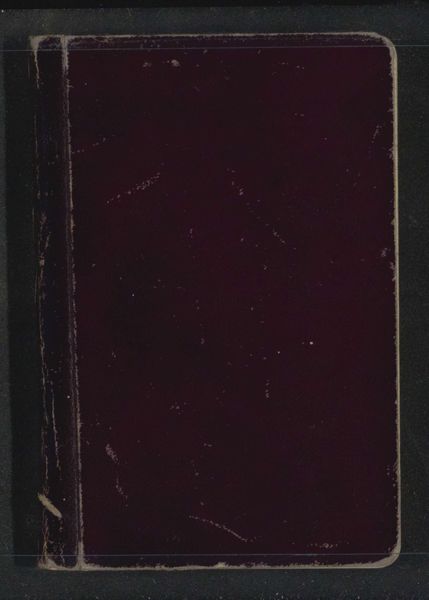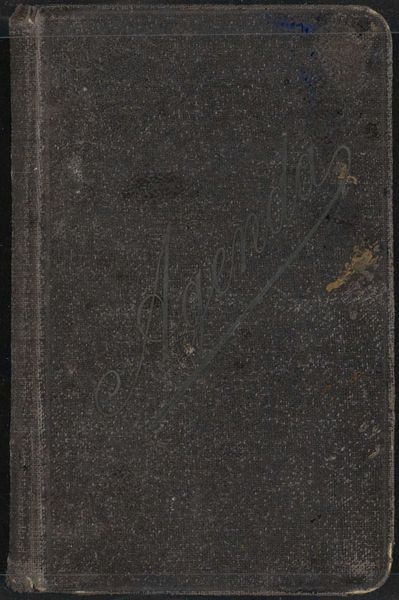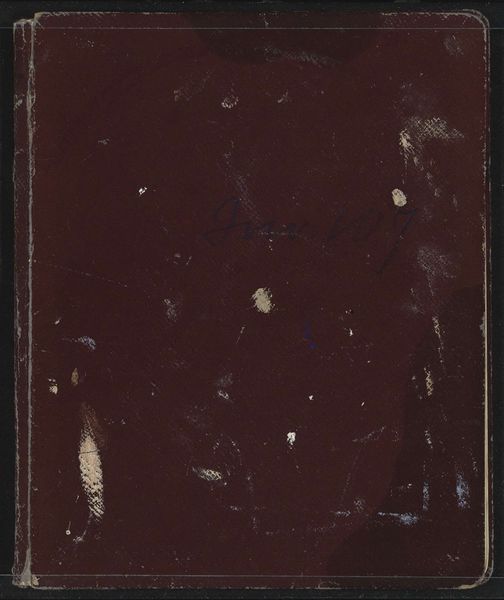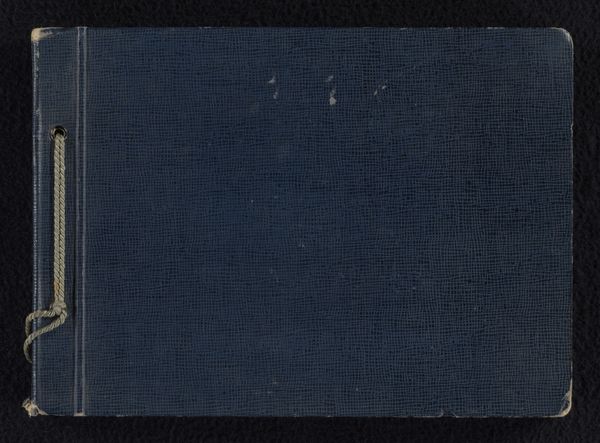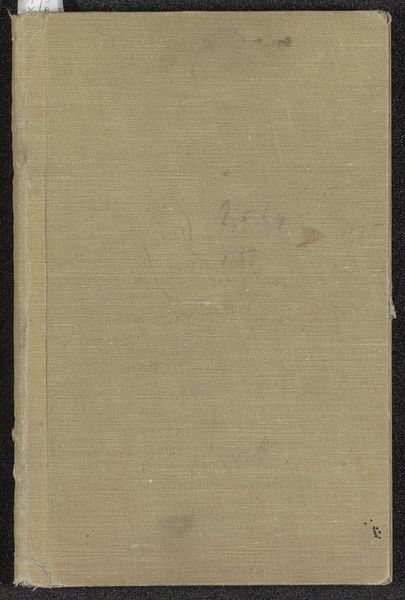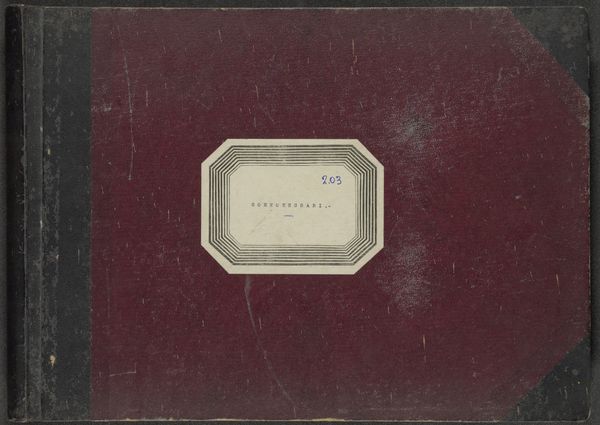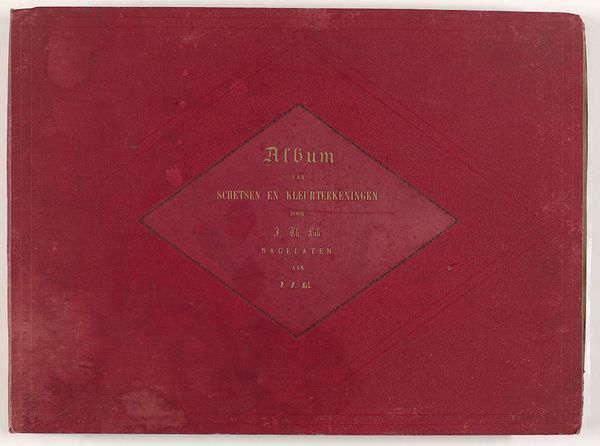
Album met litho's naar J.C. Schotel, E.J. Verboeckhoven en anderen, met op het omslag een gedrukte opdracht, gedateerd 1831, van de fabrikant Job Dixon aan zijn zoon John Dixon c. 1830
0:00
0:00
pauluslauters
Rijksmuseum
mixed-media, print, paper
#
mixed-media
# print
#
paper
#
romanticism
#
history-painting
#
decorative-art
Dimensions: height 205 mm, width 258 mm, thickness 10 mm
Copyright: Rijks Museum: Open Domain
This is an album of lithographs made around 1831 by Paulus Lauters, after other artists. Lithography is a printmaking process that relies on the antipathy between grease and water. The artist draws on a stone or metal plate with a greasy crayon, then applies ink, which adheres only to the drawn areas. The album’s cover, with its printed dedication from Job Dixon to his son John, speaks volumes about early 19th-century society. The Dixons were likely industrialists, part of a rising class who could afford such personalized objects. Lithography itself was a relatively new technology, enabling the mass production of images, and aligning with the era’s burgeoning capitalism. Consider the labor involved, from quarrying the lithographic stone, to the skilled hand of the artist, to the printing process itself. This album isn’t just a collection of images, it’s a material record of a changing world, where art, industry, and personal identity were becoming ever more intertwined.
Comments
No comments
Be the first to comment and join the conversation on the ultimate creative platform.
